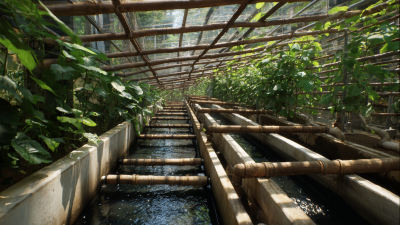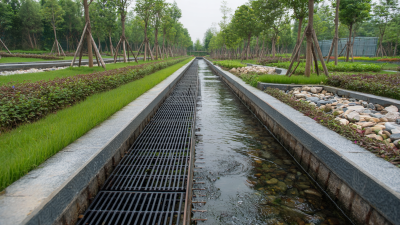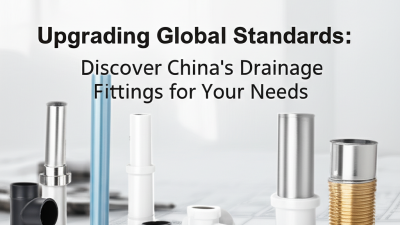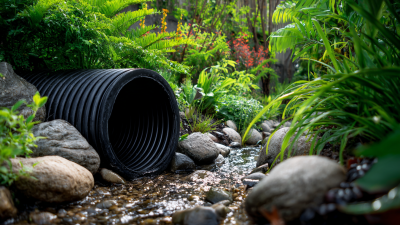In the realm of modern infrastructure development, the significance of corrugated pipe cannot be overstated. As urban areas continue to expand and the demand for reliable drainage and sewage systems grows, engineers and builders are increasingly turning to corrugated pipe for its unique advantages. This versatile product is lauded for its strength, flexibility, and efficient flow characteristics, which make it an ideal choice for various applications, including stormwater management and wastewater disposal.
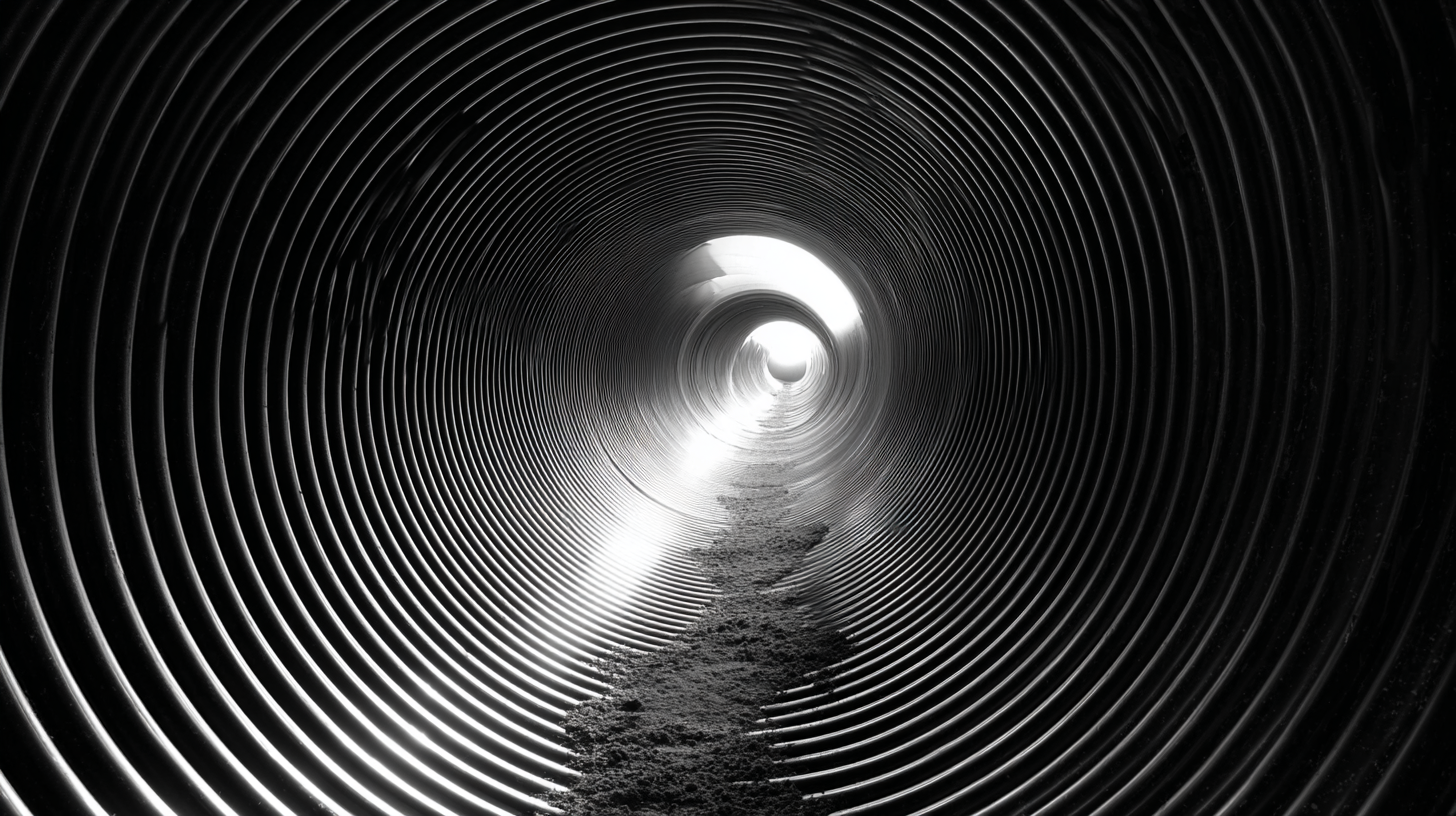 Corrugated pipes, with their ribbed structure, not only reduce the likelihood of clogging but also enhance durability against the stresses imposed by soil and environmental conditions. As we delve deeper into the importance of this essential component, we will explore the different types of corrugated pipe available, their applications, and the role they play in constructing resilient and sustainable infrastructure that meets the challenges of modern society.
Corrugated pipes, with their ribbed structure, not only reduce the likelihood of clogging but also enhance durability against the stresses imposed by soil and environmental conditions. As we delve deeper into the importance of this essential component, we will explore the different types of corrugated pipe available, their applications, and the role they play in constructing resilient and sustainable infrastructure that meets the challenges of modern society.
Corrugated pipe has become a cornerstone in the development of sustainable infrastructure solutions due to its durability and versatility. Made primarily from plastic or metal, these pipes are designed to handle significant stress while maintaining a lightweight structure. This characteristic not only facilitates easier transportation and installation but also reduces the carbon footprint associated with construction processes. By utilizing corrugated pipes, builders can create robust drainage systems that effectively manage stormwater runoff, thereby minimizing flooding risks and protecting water quality.
In addition to their functional benefits, corrugated pipes support eco-friendly practices in infrastructure projects. Their longevity reduces the frequency of replacements, leading to lower resource consumption over time. Furthermore, the materials used in the manufacturing of these pipes are often recyclable, contributing to a circular economy. As cities worldwide prioritize sustainable development, the integration of corrugated pipes in infrastructure planning exemplifies a commitment to innovative solutions that harmonize with environmental goals, making them an essential component in the modernization of urban landscapes.

Corrugated pipes have increasingly become a critical component in modern construction projects, offering several key advantages that enhance infrastructure development. One major benefit is their lightweight nature, which allows for easier handling and installation. According to a report by the Plastic Pipe Institute, the use of corrugated polyethylene pipes can reduce installation time by up to 30%, significantly lowering labor costs on construction sites. This efficiency is particularly beneficial for large-scale projects, such as highways and drainage systems, where time is a crucial factor.
Another advantage of corrugated pipes is their durability and resistance to corrosion, which extends their lifespan compared to traditional piping materials. The National Association of Sewer Service Companies notes that corrugated pipes can last over 100 years under proper conditions, making them a cost-effective solution in the long run. Furthermore, their structural integrity allows them to withstand extreme environmental conditions, including heavy loads and soil movement, which is essential for maintaining the integrity of modern infrastructure. With environmental considerations becoming increasingly important, the recyclability of corrugated pipes also aligns with sustainable construction practices, further solidifying their role in contemporary development.
| Advantage | Description | Application Areas | Durability (Years) | Cost Efficiency (%) |
|---|---|---|---|---|
| Lightweight Design | Easier handling and installation compared to traditional piping materials. | Roads, Sewage Systems | 50+ | 20 |
| Corrosion Resistance | Withstands harsh environmental conditions, reducing maintenance. | Drainage, Stormwater Management | 70+ | 15 |
| Flexible Design | Accommodates ground movement, reducing the risk of cracking. | Highway Construction, Foundation Drains | 40+ | 25 |
| Sustainability | Recyclable materials contribute to reduced environmental impact. | Civil Engineering, Environmental Projects | 60+ | 30 |
Corrugated pipes have become a vital component in modern infrastructure due to their exceptional durability and cost-effectiveness. Industry statistics reveal that these pipes can withstand heavy loads and resist environmental stresses better than traditional materials. For instance, studies show that corrugated high-density polyethylene (HDPE) pipes have a service life exceeding 50 years, significantly outpacing concrete and metal alternatives in longevity. This durability not only minimizes the need for frequent replacements but also reduces maintenance costs, making them an attractive option for municipal and industrial applications.
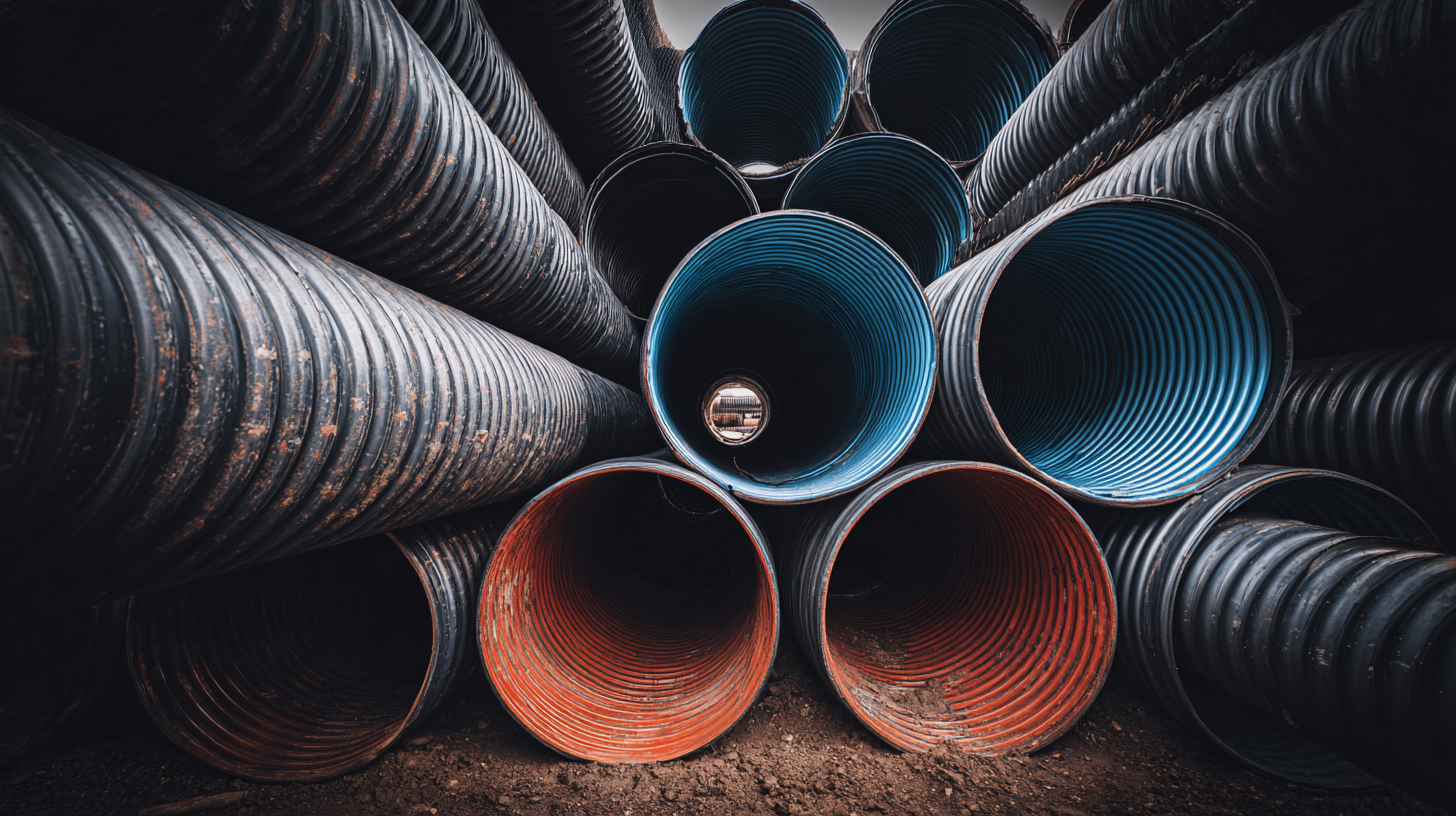
From a financial perspective, the cost-effectiveness of corrugated pipes is evident in their installation and operational expenses. The lightweight construction of these pipes simplifies transportation and reduces labor costs during installation. Furthermore, their resistance to corrosion and other environmental factors leads to lower long-term operational expenditures. Industry analysis highlights that projects using corrugated pipes can save up to 30% in overall costs compared to using traditional pipe materials. This combination of durability and economic advantages positions corrugated pipes as a strategic choice for infrastructure development in various sectors.
Corrugated pipes have emerged as a vital component in modern infrastructure, particularly in drainage and water management systems. Their lightweight yet durable design makes them ideal for a variety of applications, including stormwater management, sewer systems, and agricultural drainage. The innovative structure of corrugated pipes allows for enhanced flow capacity and reduces the likelihood of blockages, significantly improving the efficiency of water management systems.
When implementing corrugated pipes in drainage solutions, consider the specific environmental conditions and load requirements of the site. Proper installation is crucial for maximizing their lifespan and functionality. For instance, ensure that the surrounding soil conditions are suitable and that the pipe is adequately buried to prevent deformation under pressure. Additionally, using geotextile fabric around the pipe can help prevent sediment buildup while allowing for effective drainage.
Moreover, incorporating advanced materials, such as recycled plastics, can enhance the sustainability of corrugated pipe systems. These materials not only promote eco-friendliness but also offer improved resistance to weathering and chemical exposure, extending the service life of drainage solutions. As infrastructure projects continue to evolve, the role of corrugated pipes in ensuring efficient drainage and water management becomes increasingly indispensable.
When evaluating modern infrastructure, the choice between corrugated pipe and traditional pipe materials is pivotal. Corrugated pipes, often made from high-density polyethylene (HDPE) or polypropylene, offer significant advantages due to their flexibility and durability. According to industry reports, the use of corrugated pipes can reduce installation costs by up to 30% compared to rigid alternatives, largely due to their lightweight nature and ease of handling. These pipes also exhibit superior resistance to various elements, including chemicals and harsh weather conditions, ensuring longevity in challenging environments.
**Tip:** When selecting pipe materials for your project, consider the specific environmental factors and load conditions. Utilizing corrugated pipes can lead to long-term savings not just in initial material costs but also in maintenance and replacement.
In contrast, traditional pipe materials like concrete and iron come with higher installation costs and often require additional fittings and reinforcements. They are heavier, making them less convenient for transport and installation, which can increase labor costs. Reports indicate that while traditional pipes may have a longer lifespan in some contexts, the installation and operational efficiencies of corrugated pipes often make them a more viable option for modern infrastructure projects.
**Tip:** Always conduct a cost-benefit analysis to determine the best materials for your infrastructure design, taking into account not only initial costs but also future maintenance and operational efficiency.
